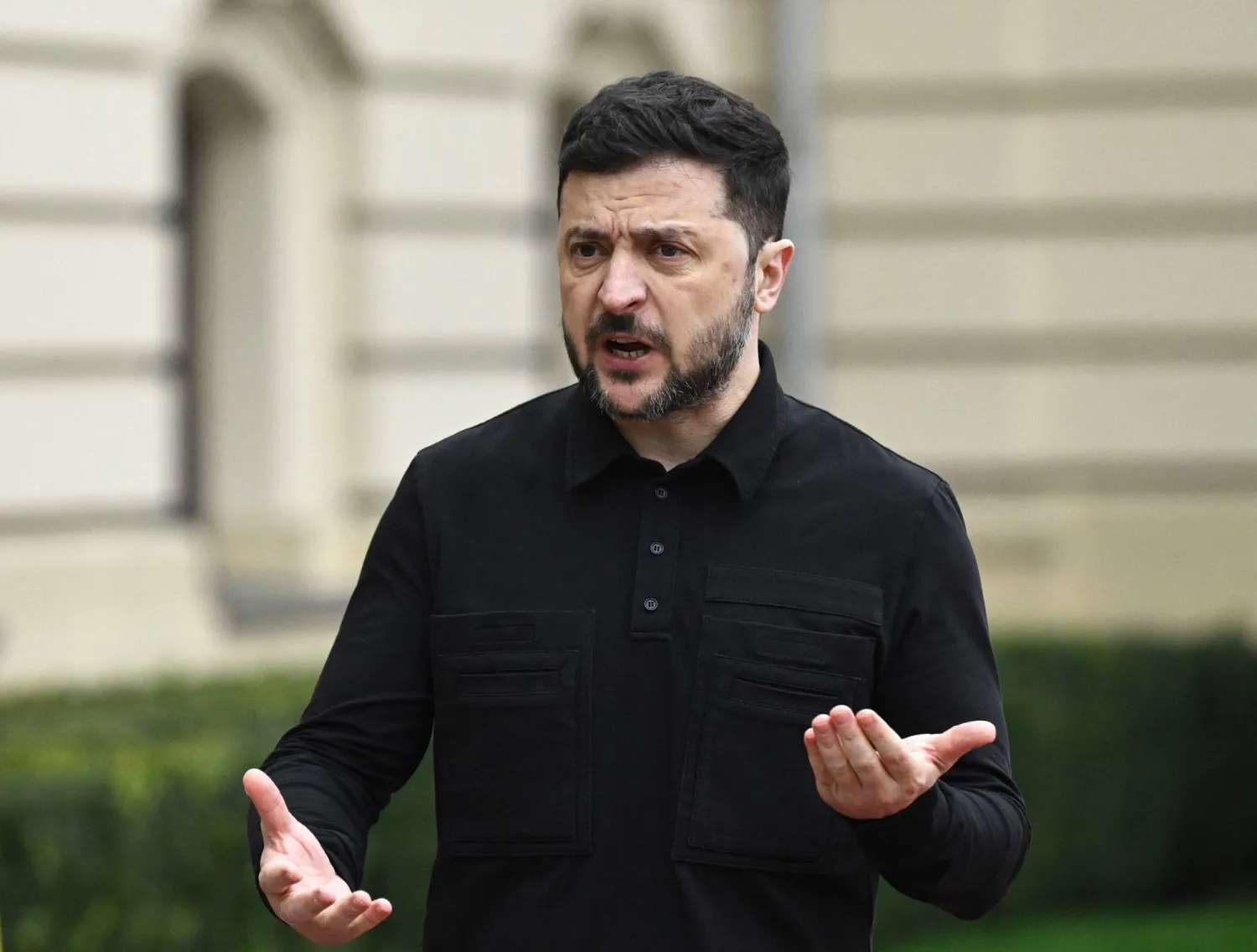Strong and fortified cities in the middle of the Arabian Peninsula, such as Diriyah and Uyaynah, have withstood the test of time, transforming from small towns founded in the middle of the fifth century to significant “city-states” that would later leave an impact on history.
Nestled on the banks of the Wadi Al-Ard valley, which cuts through the Tuwaiq Mountains, Diriyah occupies one of the best sites in terms of space, soil fertility, and suitability for settlement.
Diriyah was a threat and an obsession for kingdoms and empires four centuries ago. It was mentioned in Ottoman, British, and Persian archives and the writings of countrymen and travelers. It was popularly regarded in the first Saudi state as a rising power in the Arabian Peninsula.
“If an attack is not launched against it (Diriyah), then it will be able to defeat all the kingdoms,” era leaders would say, prompting a foreign invasion that would later destroy the historical city-state.
Centuries ago, Diriyah was a vital station on the caravan route that extended from the Red Sea to the Gulf of Basra.
Diriyah was famous for its beautiful stone-built homes. Teeming with mosques and schools since ancient times, Diriyah was surrounded by sprawling fields of wheat and barley and palm, peach, and fig groves.
It was also known for raising Iraqi purebred Arabian horses, whose fame reached kingdoms and other countries.
As the first capital of Saudi Arabia, Diriyah laid the building blocks for establishing the Saudi state. From Diriyah, Imam Muhammad bin Saud launched an integration project that would transform the city-state into a comprehensive state and bring the entire Arabian Peninsula under a united and stable political umbrella.
Diriyah is one of the most ancient Najdi cities, as it was founded on the banks of Wadi Hanifa in 1446.
Mani’ al-Muraydi worked hard to build and establish Diriyah as one of the strongest independent emirates of Nejd. Diriyah played a significant role in securing pilgrimage routes and transit trade from the east of the Arabian Peninsula to the west.
Several princes successively ruled the city of Diriyah until Imam Muhammad bin Saud, the founder of the first Saudi state, came to power in 1727.
As a city-state, Diriyah relied on its capabilities and good governance policies to emerge as the most suitable place for creating a state that includes most parts of the Arabian Peninsula. Prosperity and development were critical themes for Diriyah in the middle of the eighteenth century.
After recognizing education as a conduit for impacting change, Saudi imams transformed Diriyah into a center for attracting scholars and students alike. Diriyah’s Al-Turaif and Al-Bujairi neighborhoods became a prominent hub for knowledge and scholars.
Books and teaching circles spread in mosques, scholars’ homes, and public markets. This activated a writing, scientific and cultural movement.
As a capital, Diriyah attracted delegations of countries and tribes that pledged allegiance to Saudi imams. This expanded its influence and increased its strength, status, and importance, shaping it as a center for managing the state’s political, administrative, and military affairs.
Citizen Engagement with Leadership
Imam Muhammad bin Saud’s determination to achieve change in the Arabian Peninsula after he assumed power in 1727 saw him launching a unification project for Najd.
Spanning the heart of the Arabian Peninsula, Najd suffered from political divisions and significant disintegration among the people. This made unification one of the most difficult and trying challenges that would take a long time to be achieved.
The founding imam, however, gained victories after personally supervising the building of a strong army of citizens who believed in him and his new vision.
Imam Muhammad bin Saud trained the people, financed them with money and weapons, and took over their leadership. His leadership gave great moral support to the army.
The founding imam managed to convince different segments of society to join his unity project.
Imam Muhammad bin Saud would send an invitation from Diriyah to the countries and tribes affiliated with him to participate in the unification operations, and they would, in turn, promptly send a group of cavalry and soldiers to the place of battle.
After the unification of Najd, campaigns were launched toward other regions in the Arabian Peninsula under the era of Imam Abdul Aziz bin Muhammad, who was able to prepare and deploy a solid army to annex Al-Ahsa region in 1796.
Under Imam Saud bin Abd Al-Aziz, the state could unite most of the regions of the Arabian Peninsula until the state crowned the unity project by annexing the Hijaz in 1805.
Under the first Saudi state, the Arabian Peninsula enjoyed political and security stability, and economic and scientific life flourished. They had a close relationship with their wise leadership.
The people regretted the end of the first Saudi state and the return of conditions to what they were before its establishment.
Nevertheless, after seven years, they gathered and backed Imam Turki bin Abdullah in reestablishing the Saudi state in 1824. The people would later support Imam Faisal bin Turki in the unification process once again.
In 1902, King Abdulaziz returned to Riyadh with a determination to rebuild the state and advance it to the ranks of modern, developed countries after conditions there had deteriorated greatly.
A political vacuum followed the fall of the second Saudi state. But as soon as King Abdulaziz announced Saudi rule anew in the capital, Riyadh, countries and tribes offered allegiance to him, expressing their support for the unification operations he was leading.
Saudis gave their lives and money in service of their homeland until King Abdulaziz announced the establishment of the Kingdom of Saudi Arabia in 1932.
The current Saudi leadership, under directives of King Salman bin Abdulaziz and the direct follow-up and supervision of Crown Prince Mohammed bin Salman, has put forward a project to rehabilitate and develop Diriyah and preserve its historical and cultural heritage.
The project is considered the largest heritage project in the world and has gained local, regional, and international fame. Diriyah is destined to become one of Saudi Arabia’s most remarkable landmarks and tourist destinations. It will restore its former glories and tell the world the story of a promising small town that once turned into the capital of the first Saudi state.









